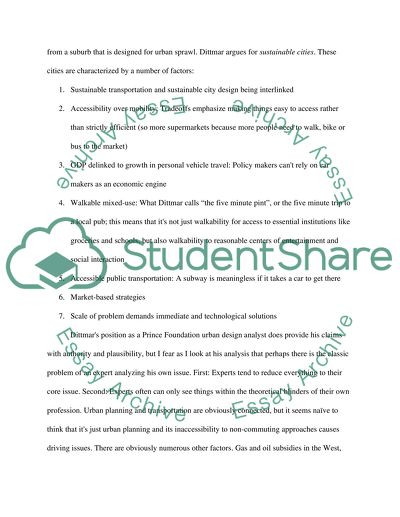Cite this document
(“Transport planning policy article critique Essay”, n.d.)
Retrieved from https://studentshare.org/environmental-studies/1405583-transport-planning-policy-article-critique
Retrieved from https://studentshare.org/environmental-studies/1405583-transport-planning-policy-article-critique
(Transport Planning Policy Article Critique Essay)
https://studentshare.org/environmental-studies/1405583-transport-planning-policy-article-critique.
https://studentshare.org/environmental-studies/1405583-transport-planning-policy-article-critique.
“Transport Planning Policy Article Critique Essay”, n.d. https://studentshare.org/environmental-studies/1405583-transport-planning-policy-article-critique.


